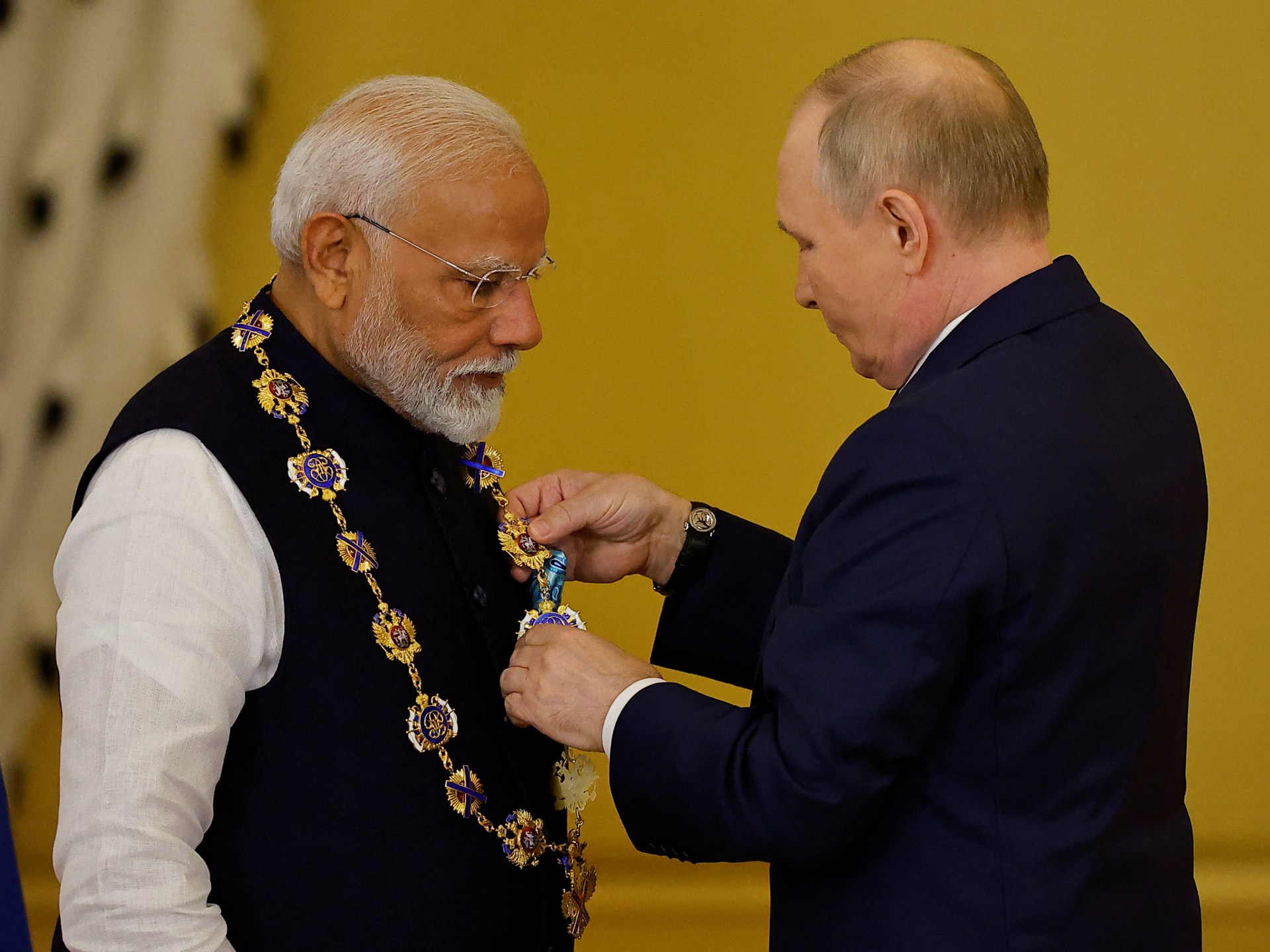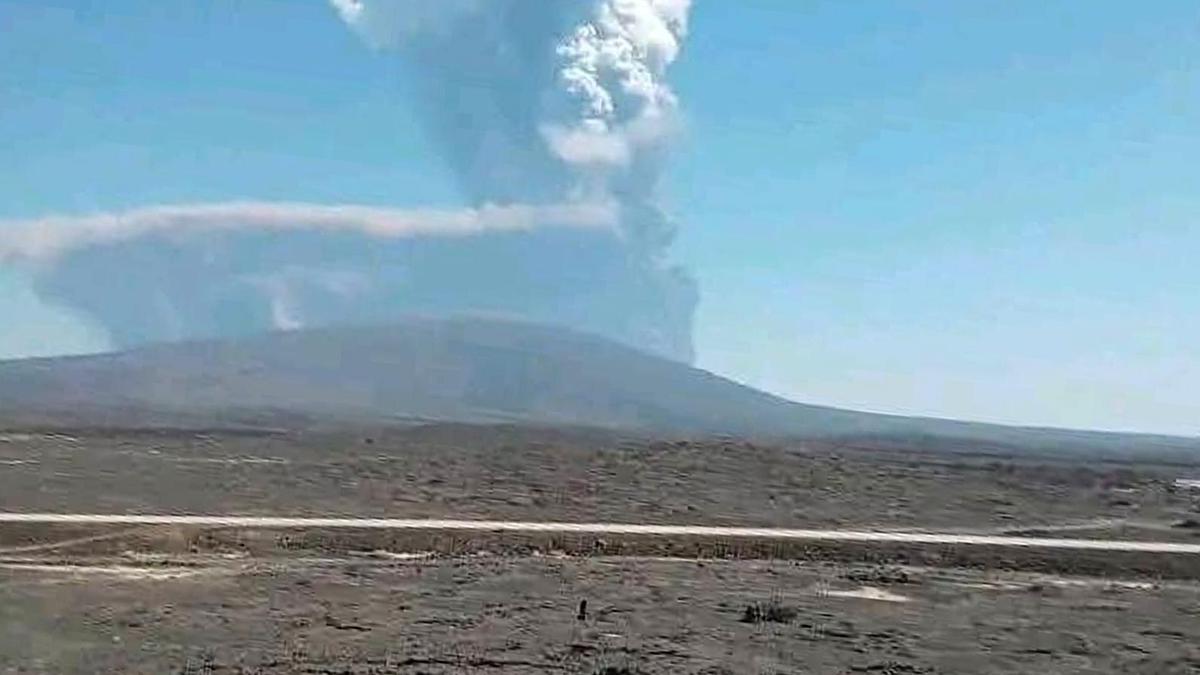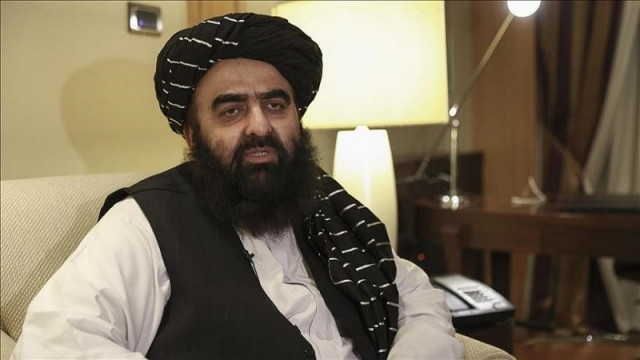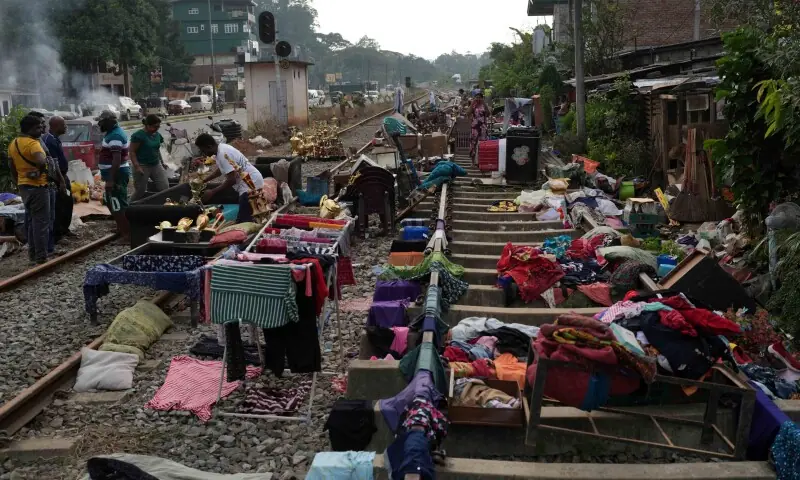The path ahead for Ukraine peace talks is unclear, Donald Trump has said, after what he called “reasonably good” talks between Russian president Vladimir Putin and US envoys which nonetheless failed to achieve a breakthrough
After their

The path ahead for Ukraine peace talks is unclear, Donald Trump has said, after what he called “reasonably good” talks between Russian president Vladimir Putin and US envoys which nonetheless failed to achieve a breakthrough
After their

Cyber security experts have issued a major warning after a viral video link, dubbed the ’19-minute video,’ spread rapidly across social media platforms, including Instagram and X (formerly Twitter). Netizens attempting to watch the intimate clip…

New Delhi, India – Russian President Vladimir Putin is visiting India on Thursday for the first time since Moscow launched a full-scale invasion of Ukraine nearly four years ago, even as a renewed push by the United States to end the conflict…

Thailand has seized assets worth more than $300m, including shares in a major regional energy company, and issued arrest warrants for 42 people in a high-profile push against regional scam networks, officials said on Wednesday.
Parts of south-east…

Ash billows from the eruption of the long-dormant Hayli Gubbi Volcano in Ethiopia’s Afar region, on November 23.
| Photo Credit: AP
The story so…

Afghanistan’s acting Foreign Minister Amir Khan Muttaqi. PHOTO: ANADOLU AGENCY


• Frustration in Indonesia as survivors await aid
• Death toll in Thailand rises to 267
• Sri Lanka’s cyclone survivors face colossal clean-up
TUKKA/BANGKOK/ANGODA: Officials in Indonesia and Sri Lanka battled Wednesday to reach survivors…